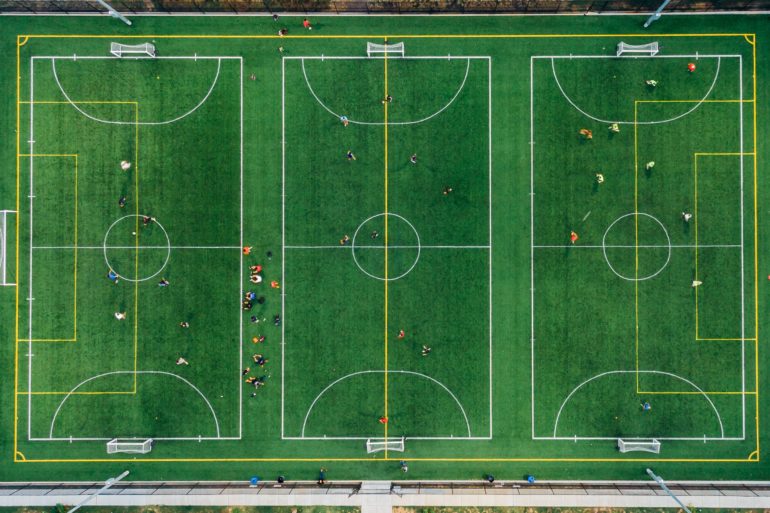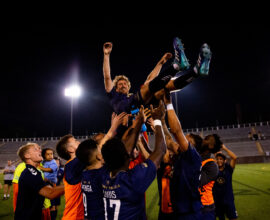Building A Network: The Cluster Effect (2 of 3)
Building a Network
By NISA Nation Staff
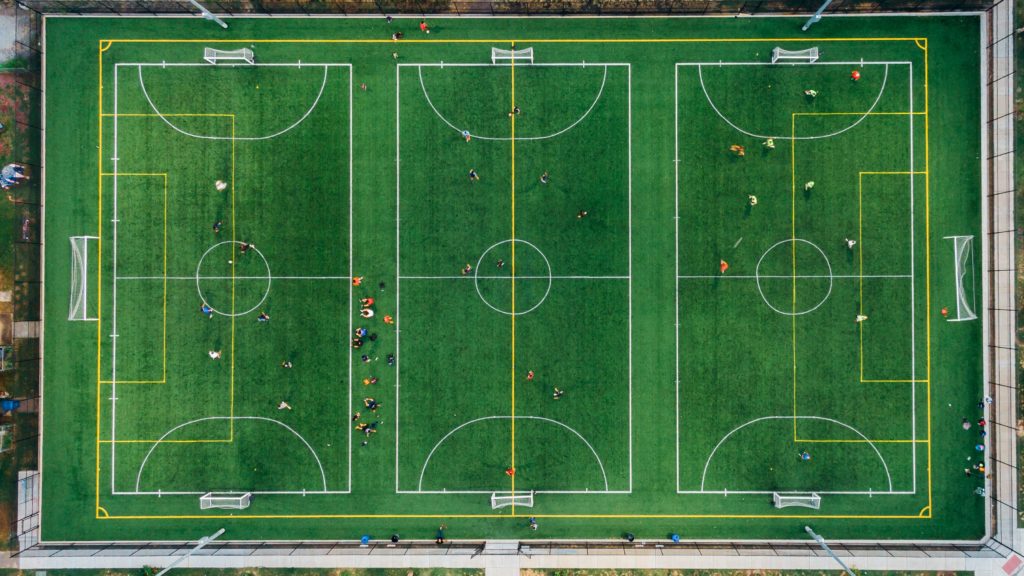
Part Two: The Cluster Effect
The following is the second part in a three part article regarding the network effect phenomenon and American professional soccer. If you did not read Part One: Network Externality, you can find it here.
clus·ter ef·fect noun – A phenomenon whereby firms from the same industry gather together in close proximity, resulting in an increase in value to consumers due to an increased number of providers.
While the network effect is an increase in value due to an increase in users, at its simplest, the cluster effect represents an increase in value due to an increase of providers. In most cases, the increase in providers results in an increase in users. In some cases, the presence of more providers can create a compounding effect in which the increase in providers results in an increase in users, with both the increase in providers and users resulting in an increase in value to consumers.
For anyone who follows global soccer, the concept of community driven clubs, clustered in major metropolitan areas is not new. As discussed in Part One, cross-city derbies are among the most viewed soccer matches in the world. However, it must be noted that professional soccer in major metropolitan areas around the world extends well beyond a match that happens twice per year. In fact, the top 25 European metropolitan areas (population) are currently home to 58 clubs playing in a top-flight league and 83 total professional clubs in the top two divisions. An enormous number considering that in the 25 largest United States metropolitan areas there are 16 top-flight teams and 25 total in the top two divisions.
Expanding to the top 50 metropolitan areas, the United States features 21 top-flight clubs and just 43 professional teams in the top two divisions. By comparison, Europe’s top 50 metropolitan areas is home to 115 top-flight clubs and 163 occupying the top two divisions. It should also be noted that this staggering difference comes despite the fact that approximately 27 million more people live in the top 50 United States metropolitan areas than in the top 50 European metropolitan areas.
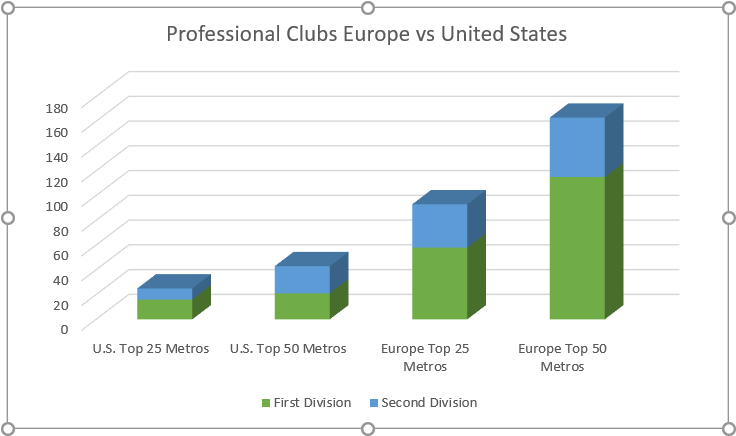
What happens if we apply the European approach to professional soccer to the American game? What is the potential of the American soccer market? What does community driven soccer look like outside of the top 50 metropolitan areas? Just as critically, what does community driven soccer look like for major metropolitan areas? These are the questions that the American soccer community should be asking themselves and within these questions are the answers which can unlock the potential of the beautiful game in the United States.
In Europe, there are 60 metropolitan areas which boast a population of over 1 million people. In total, those metropolitan areas are home to approximately 165 million people and 180 professional soccer clubs playing in the top two tiers of their respective professional leagues. This equates to roughly one club for every 916,000 people in markets of 1+ million. The United States features 53 markets of 1 million people or more with a combined population of approximately 184 million. If we apply the same ratio of professional clubs to all United States metropolitan areas of at least 1 million people than we could expect a capacity of 177 professional clubs in the top two flights. Obviously, this many clubs can’t play in just two leagues, but this serves to illustrate the point that there is room for far more professional soccer than is available in a system with territory restrictions. Without a vision for club soccer within NISA, the territorial restrictions which other leagues have in place would mean that 124 communities within the metropolitan areas would be locked out of professional soccer. Not to mention the countless communities and clubs outside of those 53 metropolitan areas.
Currently, within those 53 markets, there are just 46 professional clubs (including announced expansion club and not included “B” sides). If we take those 46 from our 177 club capacity than that leaves the opportunity for an additional 131 professional clubs. Imagine the value such a network would provide to fans. Add in the 135 other markets over at least 250,000 people (an arbitrary cut off just for discussion sake) and you have 300+ communities. Can all communities support professional soccer right now? No. Could those communities that can’t support professional soccer support professional soccer someday? Maybe. Should all communities receive the opportunity to one day support professional soccer? Unequivocally yes.
The network effect is limited due to territorial restrictions. The cluster effect is virtually non-existent. Home to approximately 9-million people, the city of London boasts an incredible 12 professional soccer clubs playing in England’s professional leagues (five in the Premier League; seven in the Football League). What would a super cluster of clubs look like in South Florida? Or imagine adding more clubs and derbies in NISA in Southern California? The DFW Metroplex? Chicago? New York City?
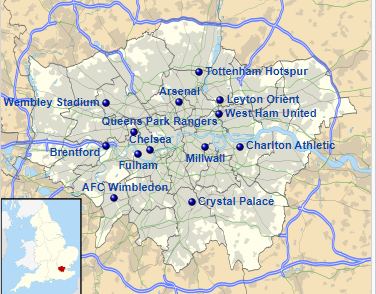
There does not need to be 50,000 people at a single game to create market penetration in major United States metropolitan areas. Take a market like Chicago. Currently, with a territorially restrictive approach, the city’s lone professional soccer franchise is struggling to average 12,000 fans per game. What if instead there were several professional clubs, competing against one another. Community driven clubs thriving on a cluster effect of heightened fan interest. Could Chicago support three NISA clubs averaging 4,000 fans per game? What about four clubs at 5,000 per game? Five clubs at 6,000? It is not hard to imagine how a community driven cluster of clubs could unlock something in American soccer that we have never seen before.
Keep an eye out for the final part of the of the Building A Network series entitled Pull Up a Chair.

